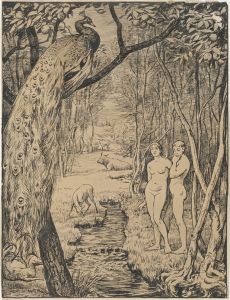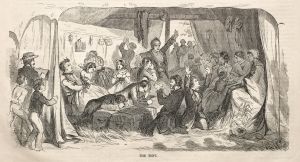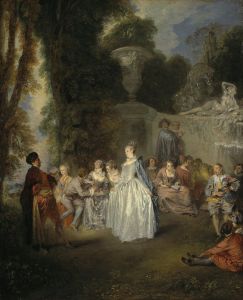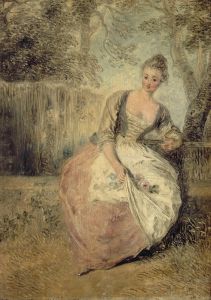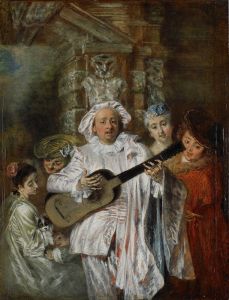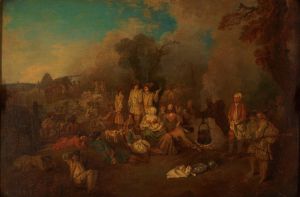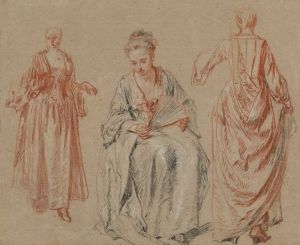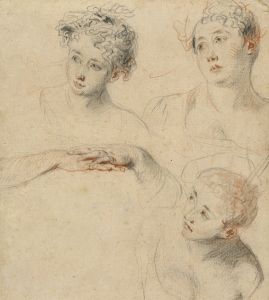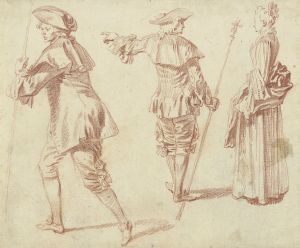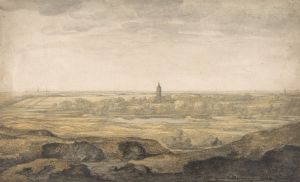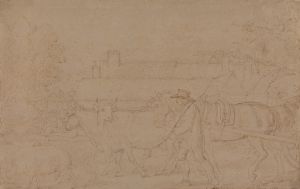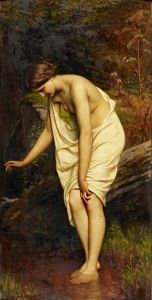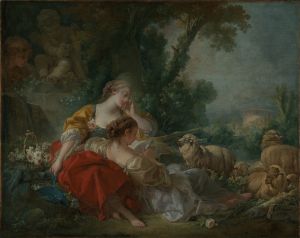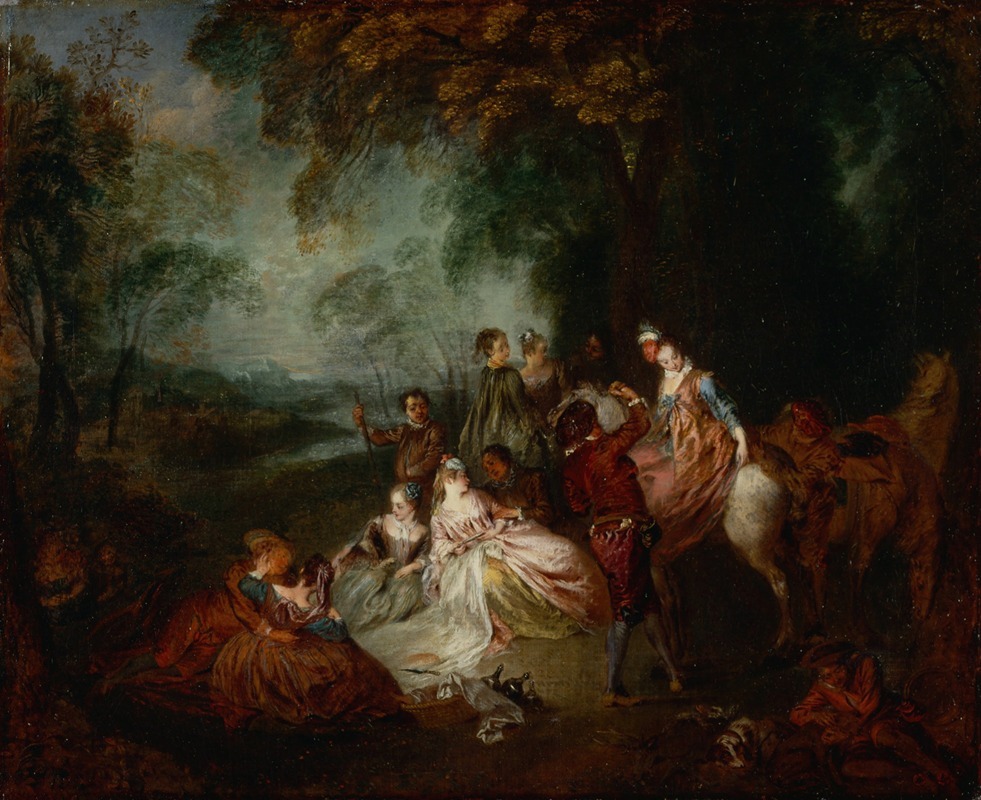
Fete Champetre
A hand-painted replica of Jean-Antoine Watteau’s masterpiece Fete Champetre, meticulously crafted by professional artists to capture the true essence of the original. Each piece is created with museum-quality canvas and rare mineral pigments, carefully painted by experienced artists with delicate brushstrokes and rich, layered colors to perfectly recreate the texture of the original artwork. Unlike machine-printed reproductions, this hand-painted version brings the painting to life, infused with the artist’s emotions and skill in every stroke. Whether for personal collection or home decoration, it instantly elevates the artistic atmosphere of any space.
Jean-Antoine Watteau's Fête Champêtre is a painting that exemplifies the Rococo style, a movement characterized by its lightness, elegance, and focus on themes of love and leisure. Watteau, a French painter active in the early 18th century, is renowned for his depictions of fêtes galantes, a genre he is credited with popularizing. These works typically portray aristocratic figures engaging in leisurely activities within idyllic, pastoral settings.
The exact date of creation for Fête Champêtre is not definitively documented, but it is generally attributed to Watteau's mature period, likely in the 1710s. The painting showcases a group of elegantly dressed men and women gathered outdoors, enjoying music, conversation, and the natural beauty of their surroundings. The composition reflects Watteau's mastery of color, light, and texture, as well as his ability to convey a sense of intimacy and harmony among the figures.
Watteau's Fête Champêtre is notable for its delicate brushwork and the subtle interplay of light and shadow, which create a dreamlike atmosphere. The figures are often depicted in theatrical poses, suggesting a connection to the commedia dell'arte, a recurring influence in Watteau's work. The landscape, with its soft, verdant tones, serves as both a backdrop and an integral part of the composition, enhancing the sense of escapism and romantic idealization.
The painting is often associated with the broader cultural context of early 18th-century France, a period marked by a fascination with pleasure, refinement, and the pursuit of beauty. Watteau's work, including Fête Champêtre, reflects these values while also hinting at a certain melancholy or transience, a quality that has been interpreted as a commentary on the fleeting nature of happiness.
The current location of Fête Champêtre is not definitively established, as several works by Watteau bear similar titles or themes, leading to some confusion in attribution and identification. However, his fêtes galantes remain highly influential and are celebrated as quintessential examples of Rococo art.
This painting, like much of Watteau's oeuvre, continues to be studied and admired for its technical brilliance and its ability to capture the spirit of an era.





